LUXEMBOURG — Europe’s new migration rules hit early turbulence Tuesday, with countries split over who should shoulder how much responsibility.
Migration and home affairs ministers met in Luxembourg to hash out the technicalities of a new proposal on so-called return hubs and cross-border deportation powers. But on the sidelines, the political implications of who has the capacity to accept more asylum-seekers dominated.
The European Commission was due to say on Wednesday which countries are struggling with migration and what help they should receive, though that’s now delayed.
As set out in the new EU law governing asylum and migration — agreed in 2023, with an implementation deadline of June next year — the Commission will say which countries are under “migratory pressure.” The other governments can then choose to either accept migrants from those countries or support them with funding and staff.
But countries seem far more willing to part with cash than open their doors.
Belgian Migration Minister Anneleen Van Bossuyt said on the sidelines of the meeting it will give financial contributions, as its system for accepting asylum seekers is “full.” Finnish Interior Minister Mari Rantanen, of the far-right Finns Party, said her country will “obviously” not take migrants from other EU member countries.
Government policy in the Netherlands is to pay rather than receive people. Sweden’s Migration Minister Johan Forssell strongly hinted his country is not keen to take in any more migrants, with Forssell complaining it has already received “so many” asylum-seekers in the last decade.
Comments like those foreshadow an obvious problem: That every country will be willing to spend cash, but not take in migrants. In that scenario, a complex system of “offsets” could kick in — and they would instead handle some asylum claims for the countries that need help, rather than receiving people who’ve been relocated.
The track record of Italy and Greece — likely to be designated as recipients of that support — has not helped matters. Last year, the two countries handled only a tiny percentage of the migration cases they were supposed to as set out by the so-called Dublin rules, which stipulate which country should handle asylum applications (typically the applicant’s country of entry to the EU).
Governments were also unable to agree on a system of mandatory recognition of asylum decisions taken in other EU countries, Danish Migration Minister Rasmus Stoklund, who’s currently leading discussions, said in Luxembourg. Denmark proposed a change to the Commission’s original draft, but national governments remain “too divided,” he said.
 Magnus Brunner, the EU commissioner for migration, said that there is “a lot of cooperation” and will among countries to reform the system. | Sven Hoppe/Getty Images
Magnus Brunner, the EU commissioner for migration, said that there is “a lot of cooperation” and will among countries to reform the system. | Sven Hoppe/Getty ImagesMagnus Brunner, the EU commissioner for migration, said there is “a lot of cooperation” and desire among countries to reform the system. He added that “time is of the essence” — an unsurprising comment in light of a call last year by EU leaders for “determined action” on deportations and a June deadline looming.
Failure could also come with grave political costs for the EU’s center ground.
A situation where member countries refuse to implement the rules they agreed in the EU’s flagship migration pact would “fundamentally undermine the credibility of the common European asylum system,” said Alberto-Horst Neidhardt, senior policy analyst at the European Policy Centre.
“If that happens, as an immediate result, you would have internal border controls reinstated across the Schengen area, you would have systematic pushbacks at the external borders … the systemic implications of this would certainly threaten the Union and … there would be certainly a political spiral because the far right would claim vindication,” Neidhardt said.
That’s a worst-case scenario, but this is a “very different political context” than in 2015, when the EU faced its last migration crisis, he said. “National governments are much more self-interested.”

.jpeg)





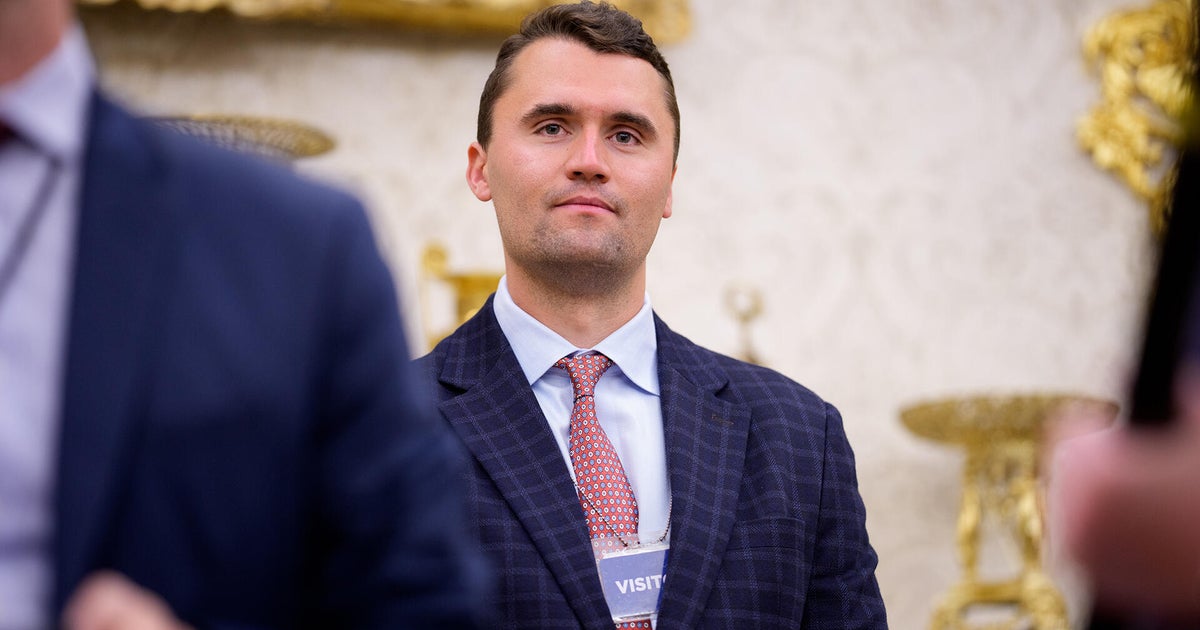



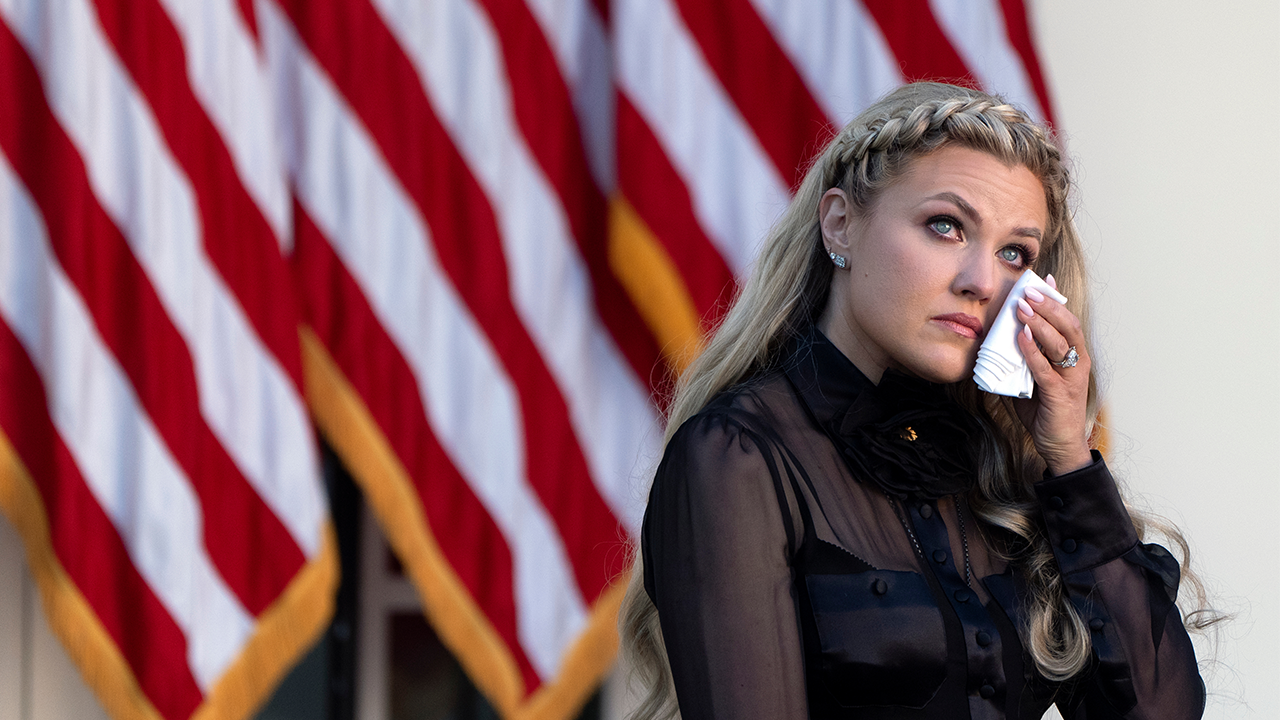
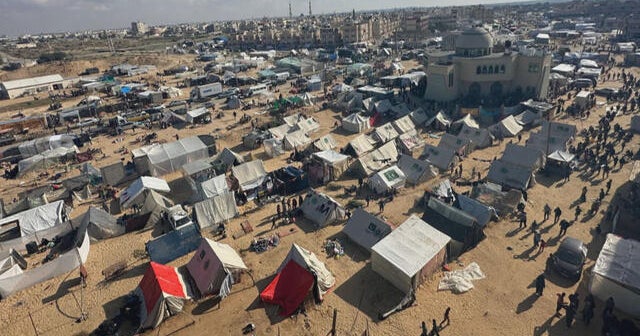
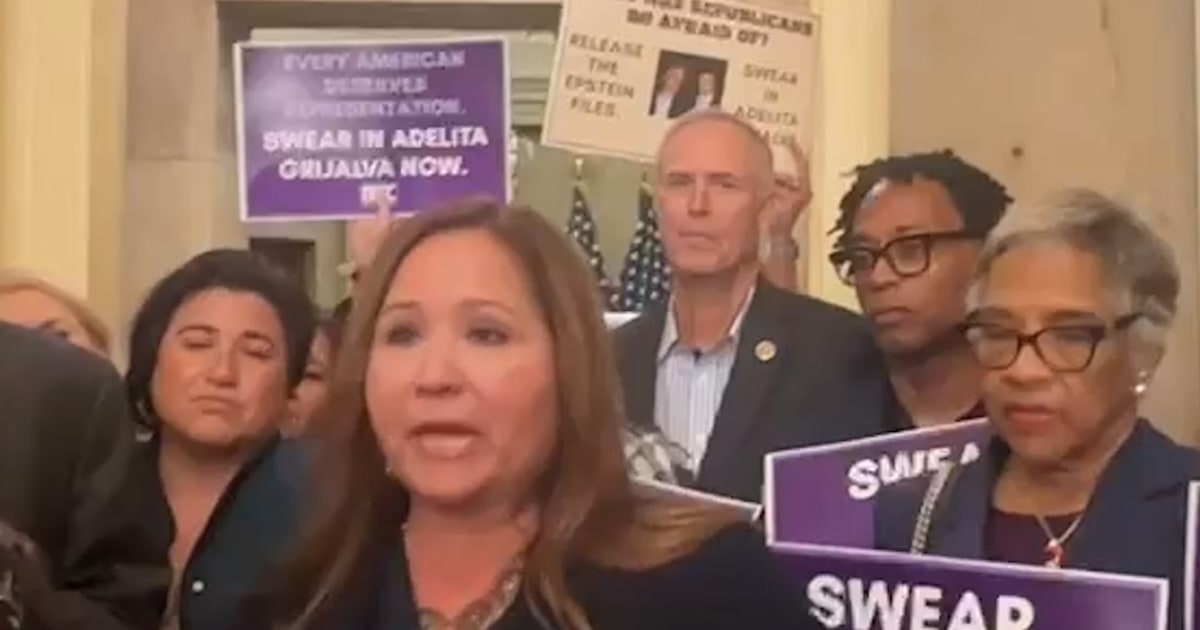


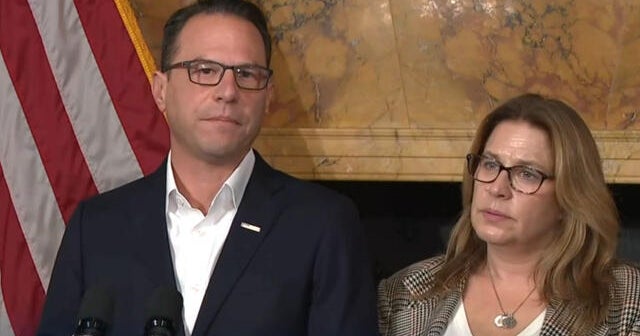
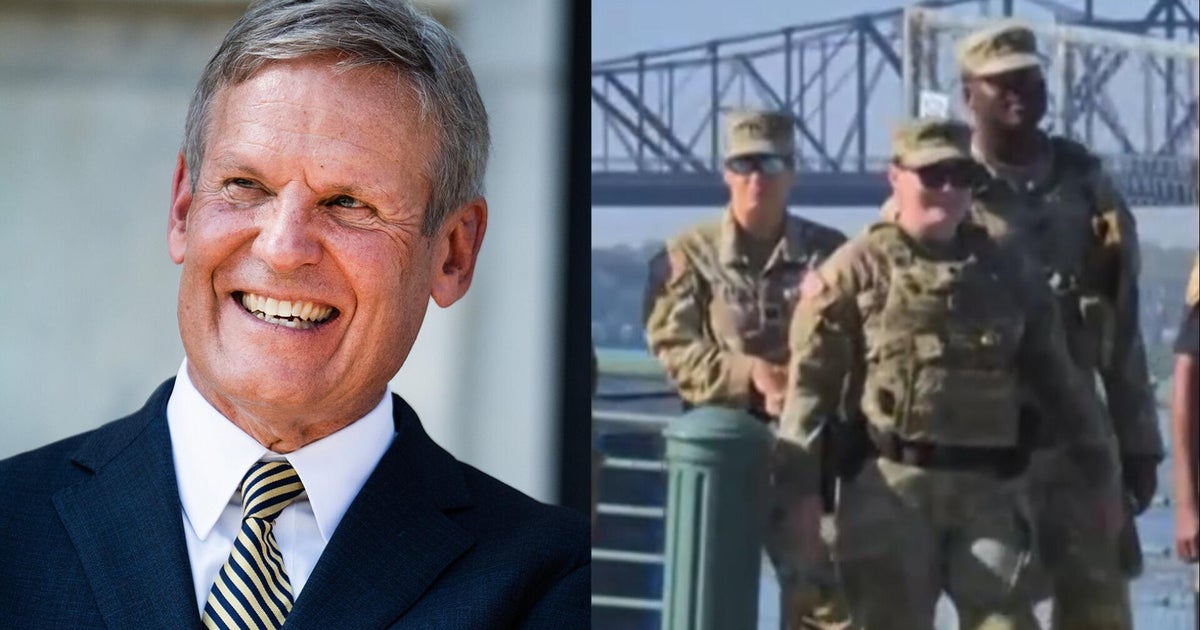

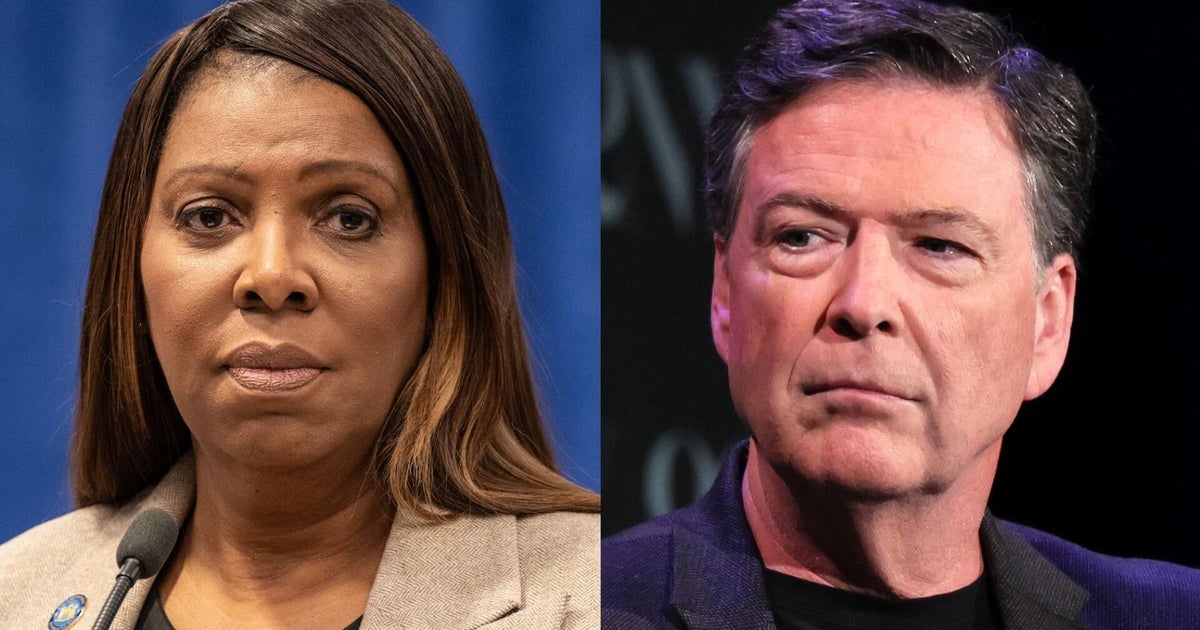



.jpeg)














 English (US) ·
English (US) ·